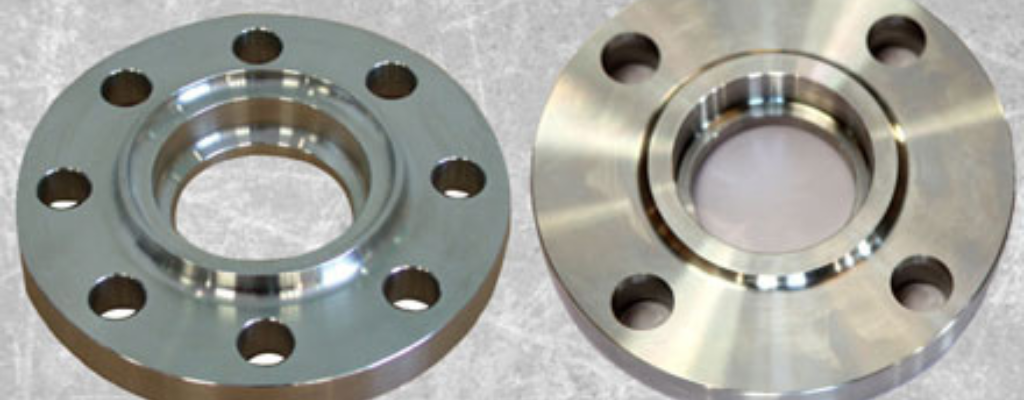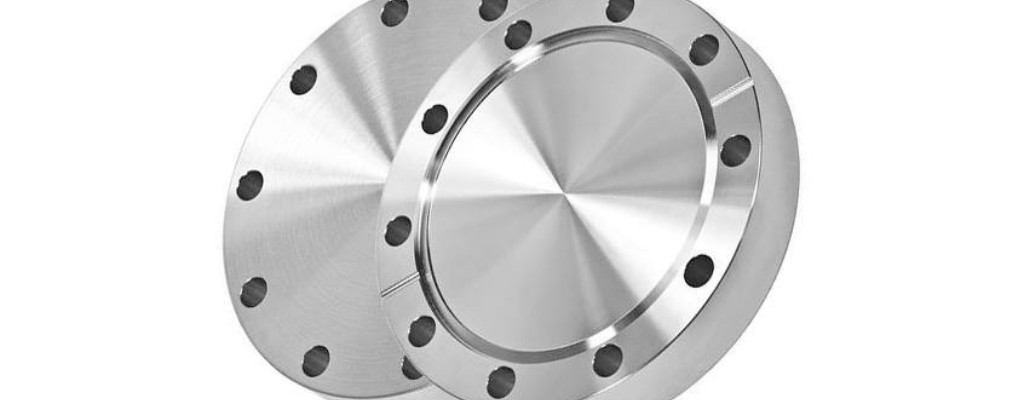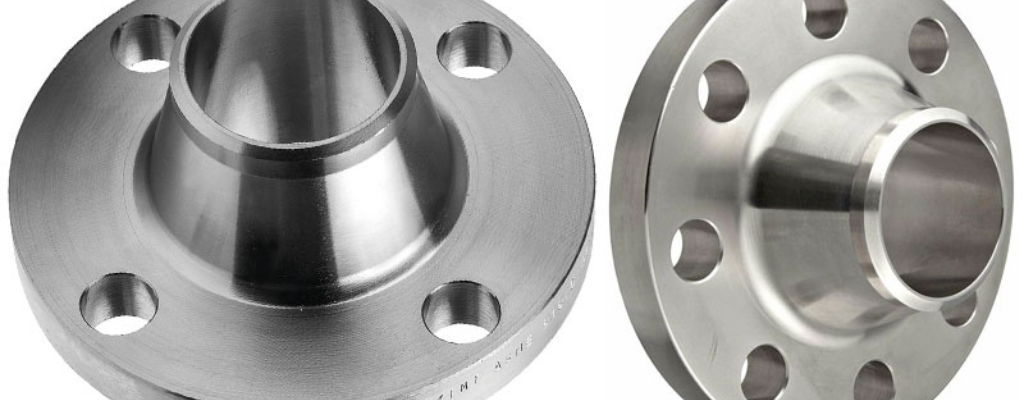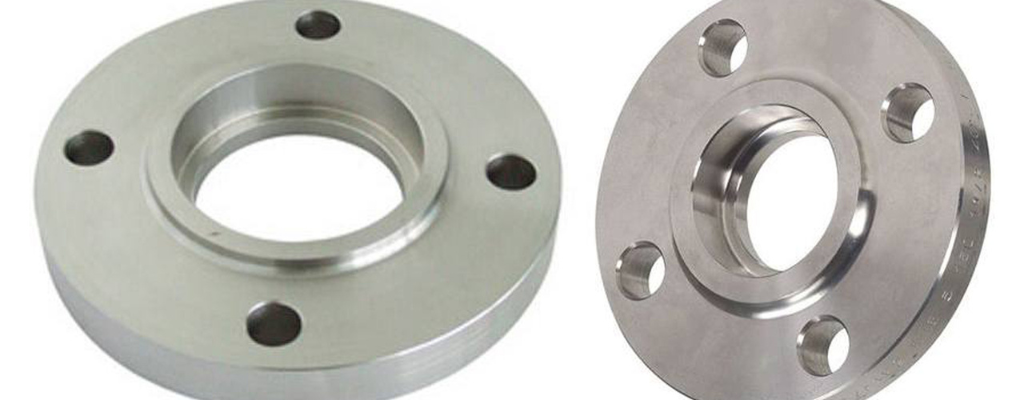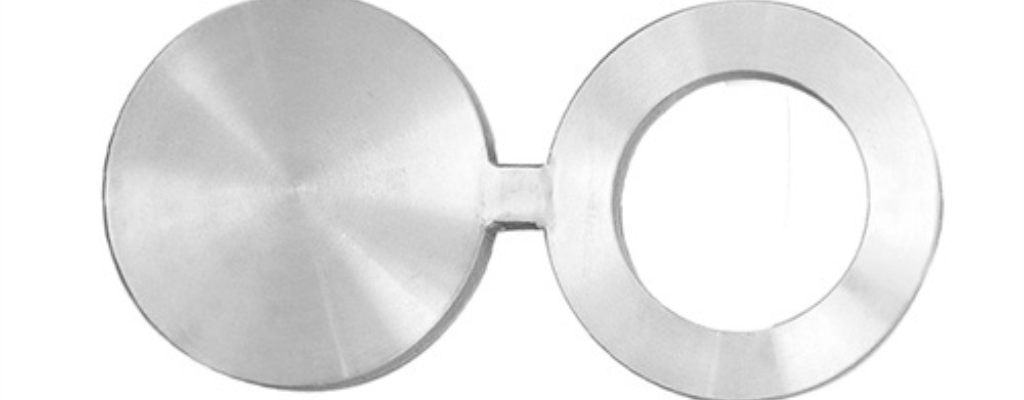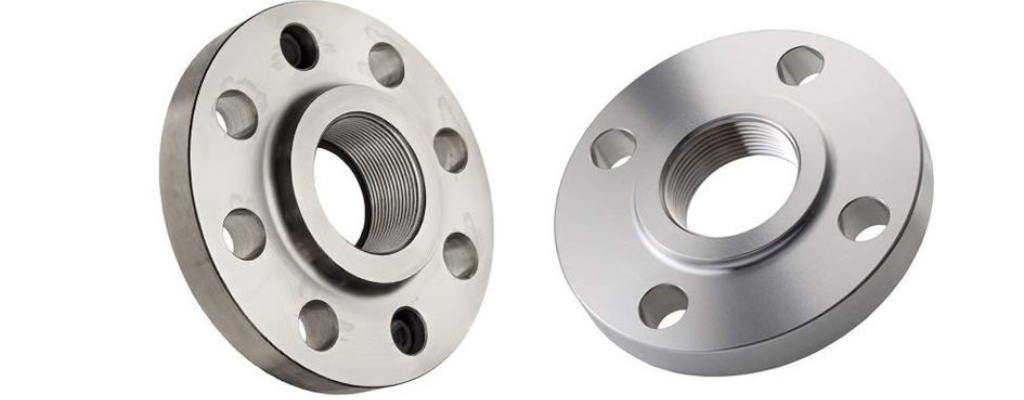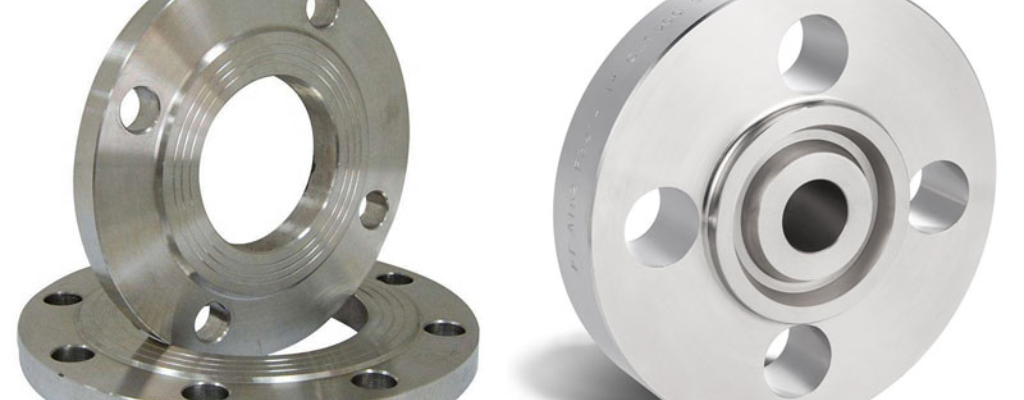Size Transition: Reducing Flanges are primarily used to connect pipes of different diameters, allowing for a smooth transition between sections of the piping system with varying sizes. They enable the connection of larger pipes to smaller pipes or vice versa, facilitating the efficient flow of fluids or gases.
Flow Control: These flanges are employed in piping systems where flow control or diversion is required. By connecting pipes of different sizes, Reducing Flanges help regulate the flow rate, redirect flow, or distribute fluids or gases to different sections of the system as per the operational requirements.
Space Saving: Reducing Flanges eliminate the need for additional fittings such as reducers, which can occupy space and complicate the installation. By integrating the size transition directly into the flange, they contribute to a more compact and streamlined piping layout, especially in confined spaces.
Versatility: Reducing Flanges are versatile and can be used in various industries and applications, including plumbing, HVAC systems, process piping, chemical processing plants, oil and gas refineries, and water treatment facilities. They accommodate a wide range of piping requirements and can be customized to suit specific needs.
Cost-Effectiveness: By combining the functions of size transition and flange connection into a single component, Reducing Flanges offer cost savings in terms of materials, labor, and installation time. They reduce the number of fittings and connections required, lowering overall project costs.
Sealing: Reducing Flanges provide a reliable seal between pipes of different sizes, ensuring leak-free operation and preventing fluid or gas loss. The sealing surface can be flat face (FF), raised face (RF), or ring type joint (RTJ), depending on the application and pressure rating requirements.
Structural Integrity: Reducing Flanges maintain the structural integrity of the piping system by providing a sturdy connection between pipes of different sizes. They withstand internal pressures, external forces, and temperature fluctuations, ensuring the reliability and safety of the overall system.
Compatibility: Reducing Flanges are compatible with various pipe materials, pressure ratings, and facing types, offering flexibility in design and installation. They can be welded, bolted, or threaded onto the pipes, depending on the application and operational requirements.

